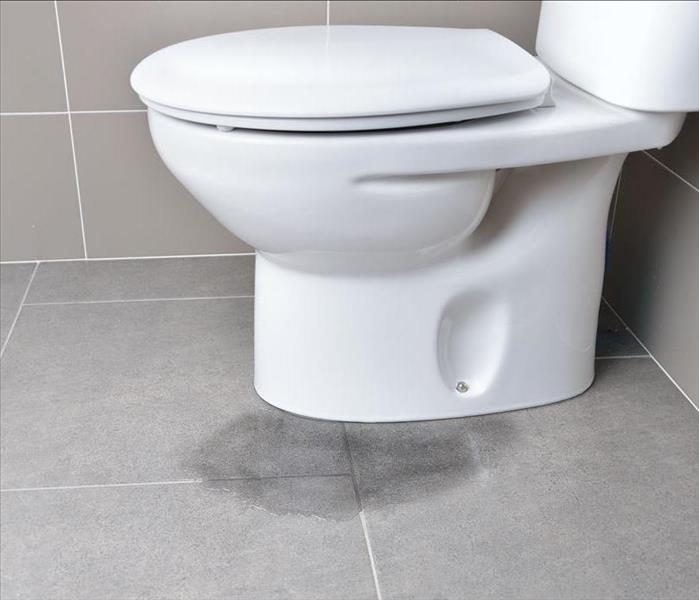What You Should Know About Overflowing Toilets and Sewage Backup
6/17/2022 (Permalink)
Property owners must be diligent about the upkeep of their homes, especially when it comes to making repairs and fixing problems. Water damage, in particular, can lead to major issues, especially if it’s due to something as serious as a flooded toilet or sewage backup.
If you ever have this problem in your home in Colorado Springs, CO, it’s important to know the steps to take to minimize the damage.
Dealing With an Overflowing Toilet and Sewer Damage
If your toilet has flooded your bathroom, follow these steps:
- Shut off the water: The easiest way to shut off the supply is usually by turning the valve underneath the toilet. Depending on the extent of the flooding as well as the toilet’s contents, this valve may not be accessible. In that case, locate the main water supply for your home, and turn that off.
- Rig your toilet float: If accessible, you can also open the tank and adjust the float’s position to prevent the tank from refilling.
- Turn off electricity to the bathroom: Water and electricity are a hazardous combination. If possible, turn off the electricity to the affected areas at the breaker.
- Remove excess water: Depending on the level of flooding, you may be able to remove excess water using towels, buckets, and wet vacs. Be sure to wear gloves and other protective gear to minimize contamination.
- Call a professional damage restoration provider: Water damage can get underneath floors and behind walls, causing other types of damage, including mold. A professional restoration service is equipped to fully clean and remediate all areas impacted by flooding.
- Notify a utility or sewage company: If the problem is a result of a backup, you should notify the utility provider or entity responsible for wastewater lines in your neighborhood.
Understanding Water Damage
Water damage falls under three categories:
Category 1: This generally includes damage from a leaky pipe or overflow from a sink. Also called clean water, this water is usually free of contaminants.
Category 2: Water damage in this category could include an overflowing toilet (without feces) or certain leaking appliances such as a dishwasher or washing machine. Category 2 water is also called grey water and contains some contaminants.
Category 3: Also called black water, category 3 water is severely contaminated and contains unsanitary agents. An overflowing toilet with feces, sewage backup, seawater, and flooding are examples of category 3 water damage.
Grey water from a toilet can become black water if left unattended.
Cleaning Up
Sewer damage and other forms of black water require special approaches to cleanup and disinfection that come from professionals. Your local provider can fully assess the damage caused by your toilet and use the appropriate methods for sanitization and drying to restore affected areas to pre-damage conditions. If your home requires structural repairs and rebuilding, the pros can handle that also.
An overflowing toilet can be a minor nuisance. It can also become a major problem, especially if there’s sewer damage and other types of black water, the most severe type of water damage. Shut off the water supply and do what you can to stop the inflow. Even if you’re able to remove the water, be sure to call a professional damage restoration company to safely remove contaminants and repair the damage.




 24/7 Emergency Service
24/7 Emergency Service
